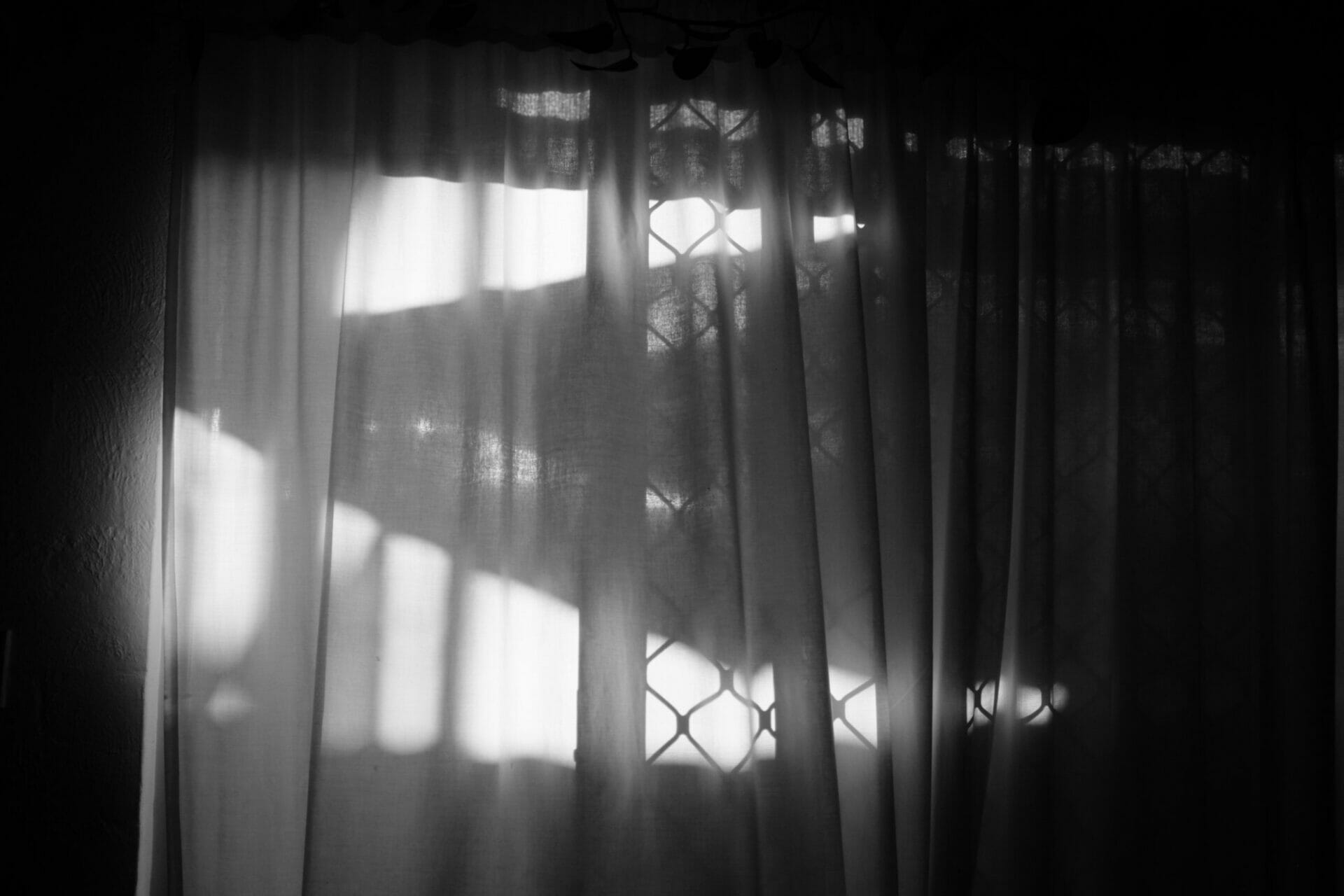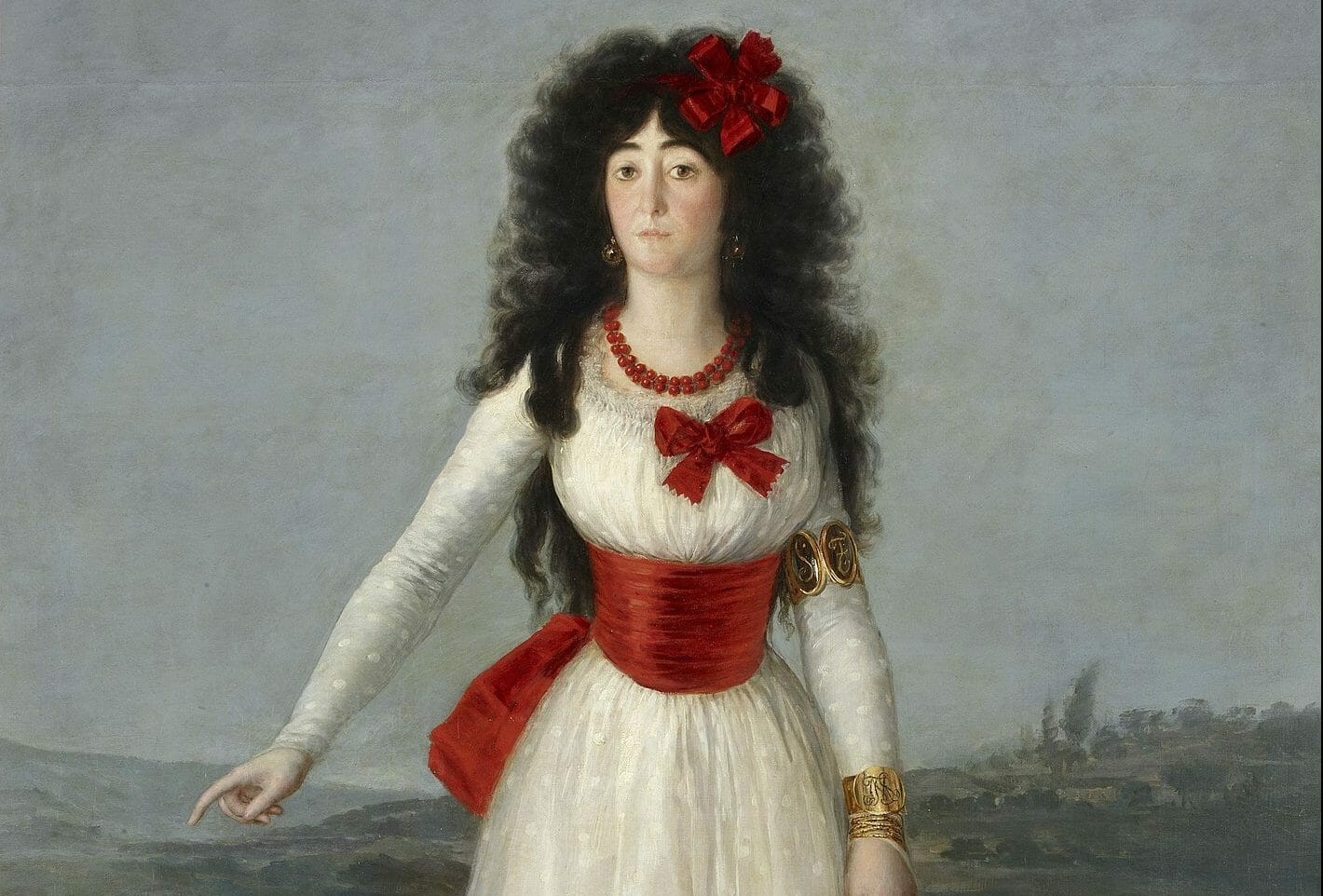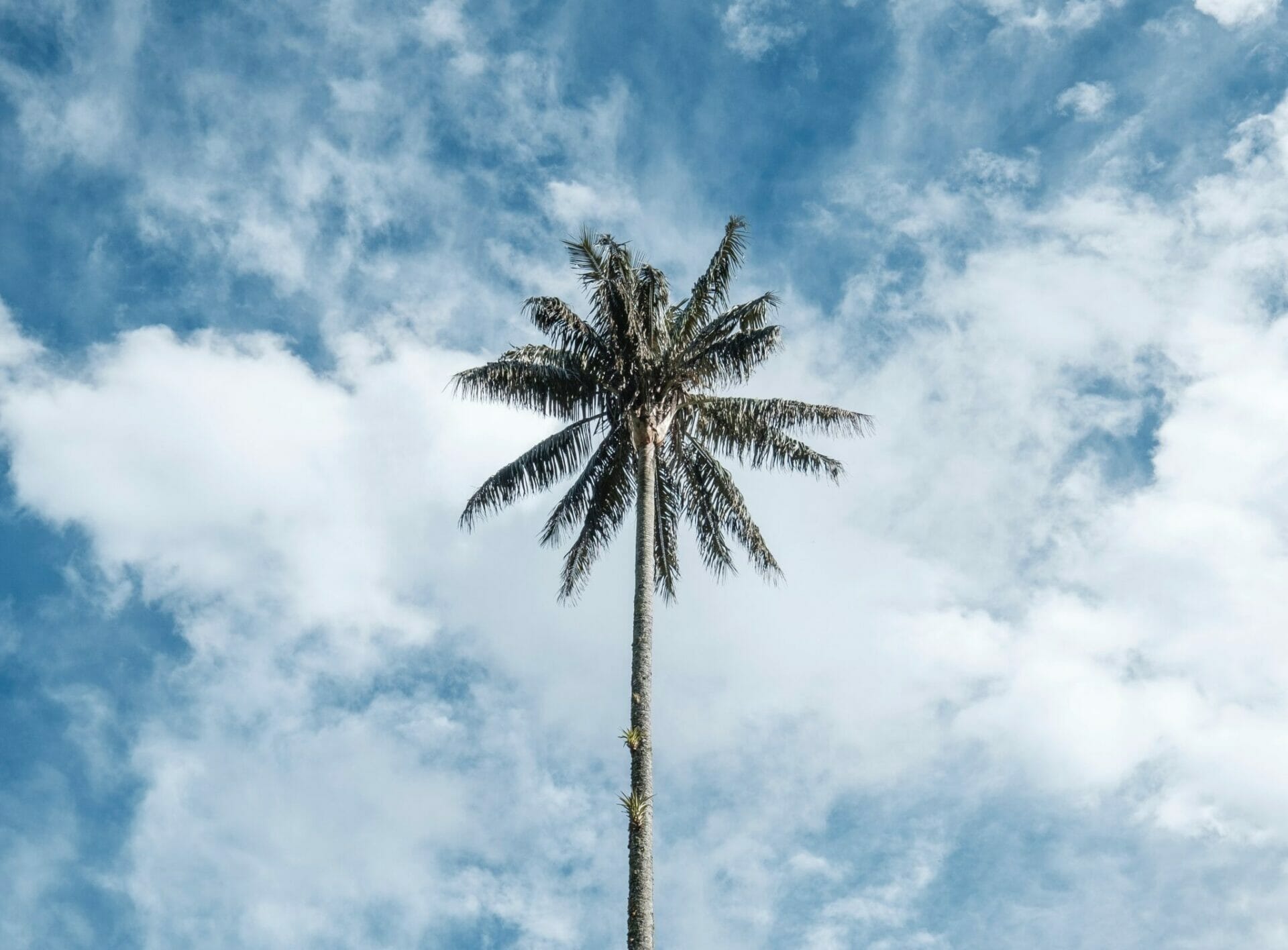
The House of the Spirits | From a letter to Magical feminism
Author
Year
Format
Isabel Allende is a Chilean writer who, born in 1942, has been described as one of the world’s most-read authors in Spanish. She started to write The House of the Spirits on the day her grandfather died, on January 8, 1981. It was published in 1982 in Buenos Aires after receiving many rejections from publishers, while at the same time, the author was in Venezuela trying to escape from the aftermath of the 1973 military coup in Chile. The impossibility of saying goodbye to her grandfather encouraged her to write a long letter to him, which in the end came to 500 pages in the form of a memoir of all that he had taught her.
The story is both a family saga and a compendium of Chile‘s chaotic history all at the same time. The novel offers a different view of the country, the stark opposite of the one propagated by the military dictatorship. For this reason, the Chilean government prohibited the novel’s distribution. However, this didn’t halt its clandestine circulation – although Allende never mentioned where she sets the book, the political events described appear inseparably linked to Chile.
A four generations story
Esteban Trueba falls in love with Rosa the Beautiful. Still, unfortunately, she dies of poisoning, so Esteban moves to the family hacienda, Las Tres Marias, and decides to marry Rosa’s sister, Clara Del Valle. In the bargain, Esteban’s sister, Ferula, also moves to Las Tres Marias and forms a very close relationship with Clara until Esteban removes her, condemning her to die alone.
Meanwhile, Esteban and Clara’s daughter, Blanca, grows up in a convent, despite her mother’s opposition. After a few years, she comes back and defies her father’s authority for the sake of Pedro Tercero, son of Esteban Trueba’s foreman. To Blanca and Pedro, there is born a daughter, Alba, who is the last of the four generations described in the novel. Alba finds her great-grandmother Clara’s notebooks, where the old woman noted down thoughts and events, and thanks to them, Alba can reconstruct the history of her family.
Allende and Márquez, a mutual influence
Critics frequently associate The House of the Spirits with Gabriel García Márquez‘s masterpiece One Hundred Years of Solitude. One reason is the presence of many elements related to magical realism, one of which is Clara’s and Aureliano Buendía’s clairvoyance and the imaginary descriptions of Latin American countries. But there are also many contrasting elements that form common ground between these two novels.
In The House of the Spirits, the female characters tend to be predominant, as they are strong personalities driven by the determination not to be submissive. Men are someone they love, or they marry, as Esteban or Pedro, but the female point of view is always the focus. On the contrary, in One Hundred Years of Solitude, the focus is on three generations of men.
Patricia Hart, a Spanish Professor at the School of Languages and Cultures at Purdue University in the United States, describes Allende‘s narrative as magical feminism since her stories revolve around female characters. However, she declares that the influence between the two writers, Marquez and Allende, is mutual.
There are many theatrical and television adaptations of The House of the Spirits, the best known of which is the 1993 movie directed by Bille August. It is well known for its famous performers, Jeremy Irons as Esteban Trueba, Glenn Close as Férula Trueba, Meryl Streep as Clara del Valle, Winona Rider as Blanca, and Antonio Banderas as Pedro Tercero.
Tag
Buy a ☕ for Hypercritic









